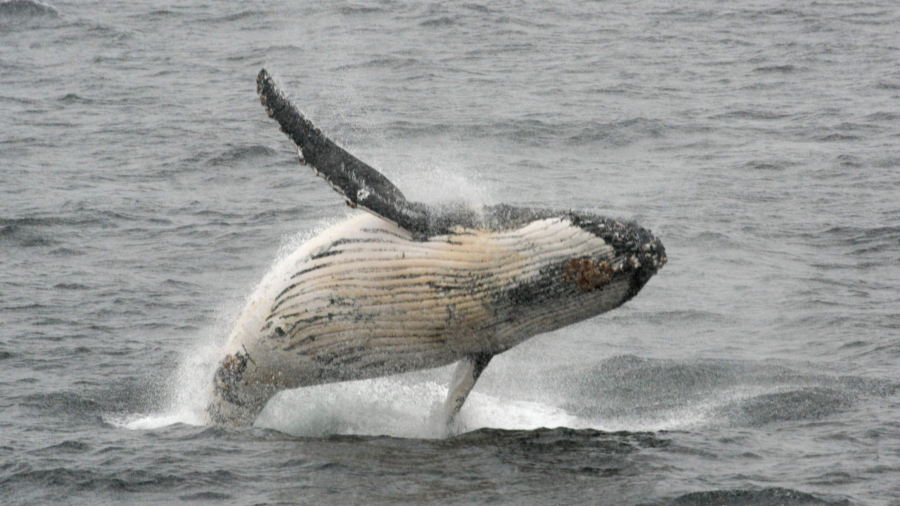This sea lion found itself in the wrong place at the wrong time.
Chase Dekker has been photographing wildlife for nearly a decade but has never captured a shot like this. He was on a routine whale-watching boat trip last week in Monterey Bay, California, when he noticed a sea lion stuck on the nose of humpback whale.
He immediately started photographing.
“I didn’t even look at my camera,” Dekker said. “I just leaped up and was screaming to everyone aboard.”
The results were incredible, as Dekker was able to capture the moment when the sea lion fell into the whale’s mouth.
Don’t worry, that sea lion managed to escape to open waters, though it was probably a little shaken up.
Humpback whales are filter-feeding animals who have no interest in consuming sea lions. In fact, that whale’s esophagus is only about the size of a grapefruit or small melon, making it impossible to swallow such a creature.

To feed, these humpback whales open their mouths wide and take in large amounts of water. They filter out tiny ocean creatures such as plankton and krill, pushing the water back out. A humpback whale can hold up to 5,000 gallons of water in its mouth, according to the Maui Ocean Center.
Because the two animals are often feeding together, it makes sense that a whale accidentally catches a sea lion now and then, but up to this point, no one is known to have captured the moment.
The feeding congregation Dekker came across in this photo was made up of only three whales and maybe 200 sea lions. This was a relatively small one, according to the photographer, who has seen groups as large as 100 whales and 3,000 sea lions.
He is a native of Monterey Bay and works often as a marine biologist and photographer on Sanctuary Cruises. He is now heading to Tonga to photograph more humpback whales—but he doesn’t expect to see a sight quite like this one ever again.
Whale Tries to ‘Eat’ Tour Operator in South Africa
A whale in South Africa tried to swallow a tour operator during a feeding frenzy, and he lived to tell about it.
Rainer Schimpf, 51, went out in the water to film a sardine run last month, reported the New York Post.
“I was trying to get a shot of a shark going through the bait ball, and then the next moment it got dark and I felt some pressure,” Schimpf told the Post. “[That’s] when I instantly knew, a whale had grabbed me.”
Whoa!
Atlantic White Shark Conservancy စာစုတင်ရာတွင် အသုံးပြုမှု ၂၀၁၉၊ မတ် ၉၊ စနေနေ့
“I could feel the pressure on my hip—there is no time for fear in a situation like that—you have to use your instinct,” he said.
Members of his crew filmed the ordeal, filming Schimpf’s entire torso caught in the animal’s jaws.
Bryde’s whales, meanwhile, can reach lengths of up to 55 feet and weigh up to 30 tons.
“As with the other large baleen whales, Bryde’s whales eat comparatively microscopic prey, mostly consisting of plankton, krill, and copepods (tiny crustaceans). They also feast on bigger crustaceans such as crabs and shrimps, as well as a variety of small schooling fish,” Whales.org says.
According to the website: “Bryde’s whales are found in every ocean of the world. However, as they prefer waters of 16°c or more, they limit their travel to within tropical, subtropical and warm temperate waters – the only species of baleen whale to do so. Some populations of Bryde’s whales take such a liking to an area that they are considered ‘resident’, while other populations migrate away from the equator in summer and back again in winter.”
A snorkelers in the jaws of a whale makes for a remarkable picture, and a reminder why keeping your distance from marine life is as much for your safety as theirs.
Divers Alert Network စာစုတင်ရာတွင် အသုံးပြုမှု ၂၀၁၉၊ မတ် ၉၊ စနေနေ့
Epoch Times reporter Jack Phillips contributed to this article.
![]()


